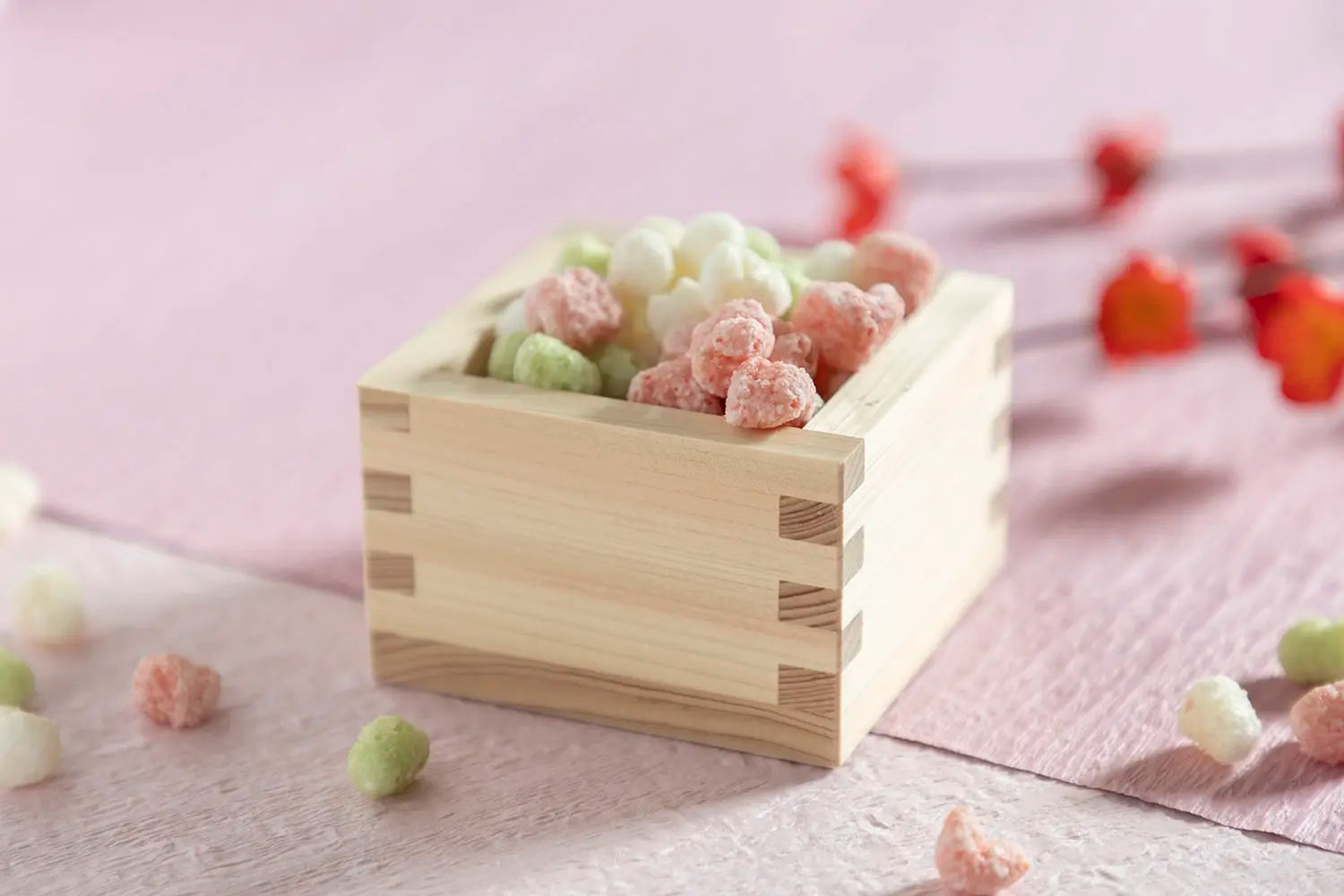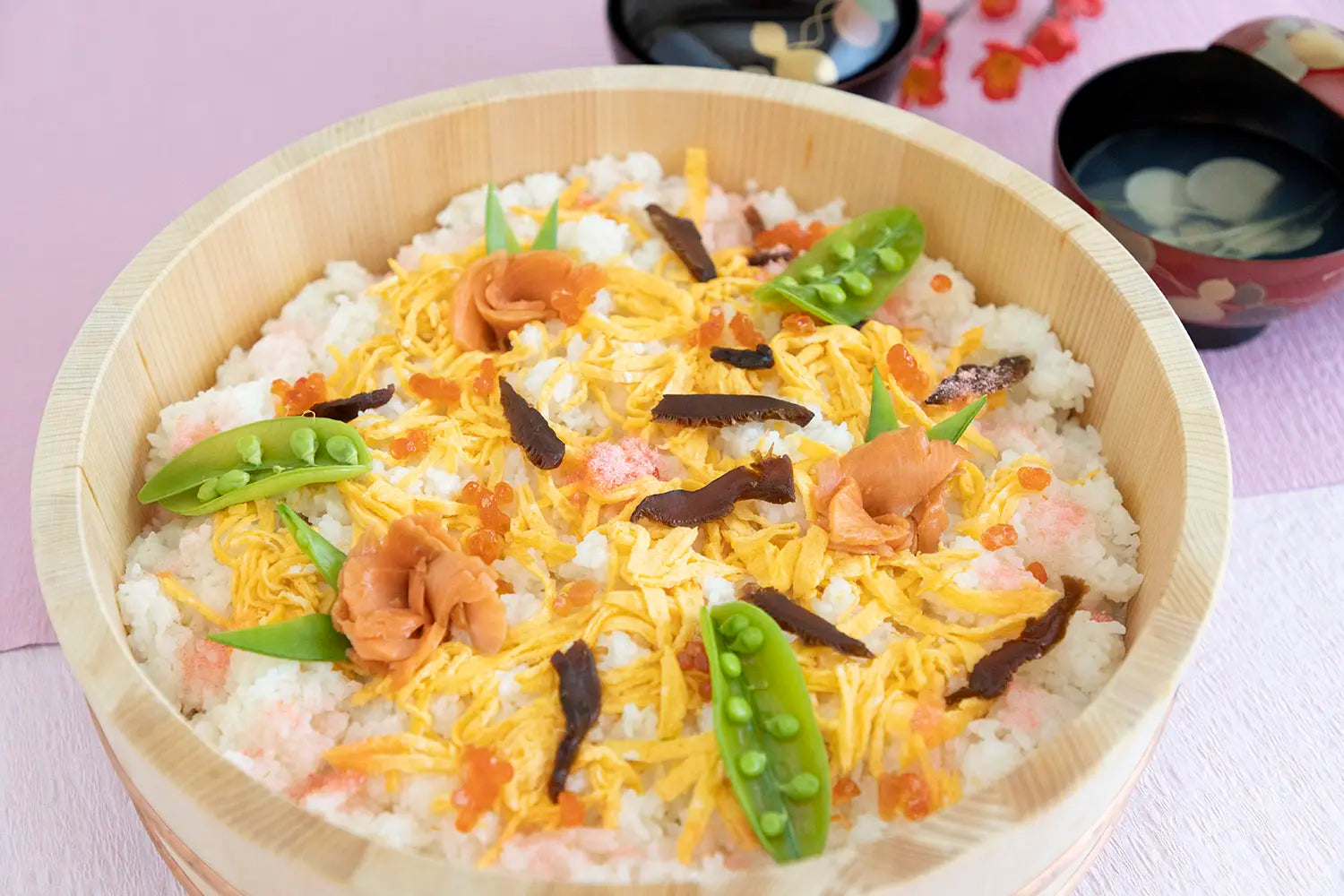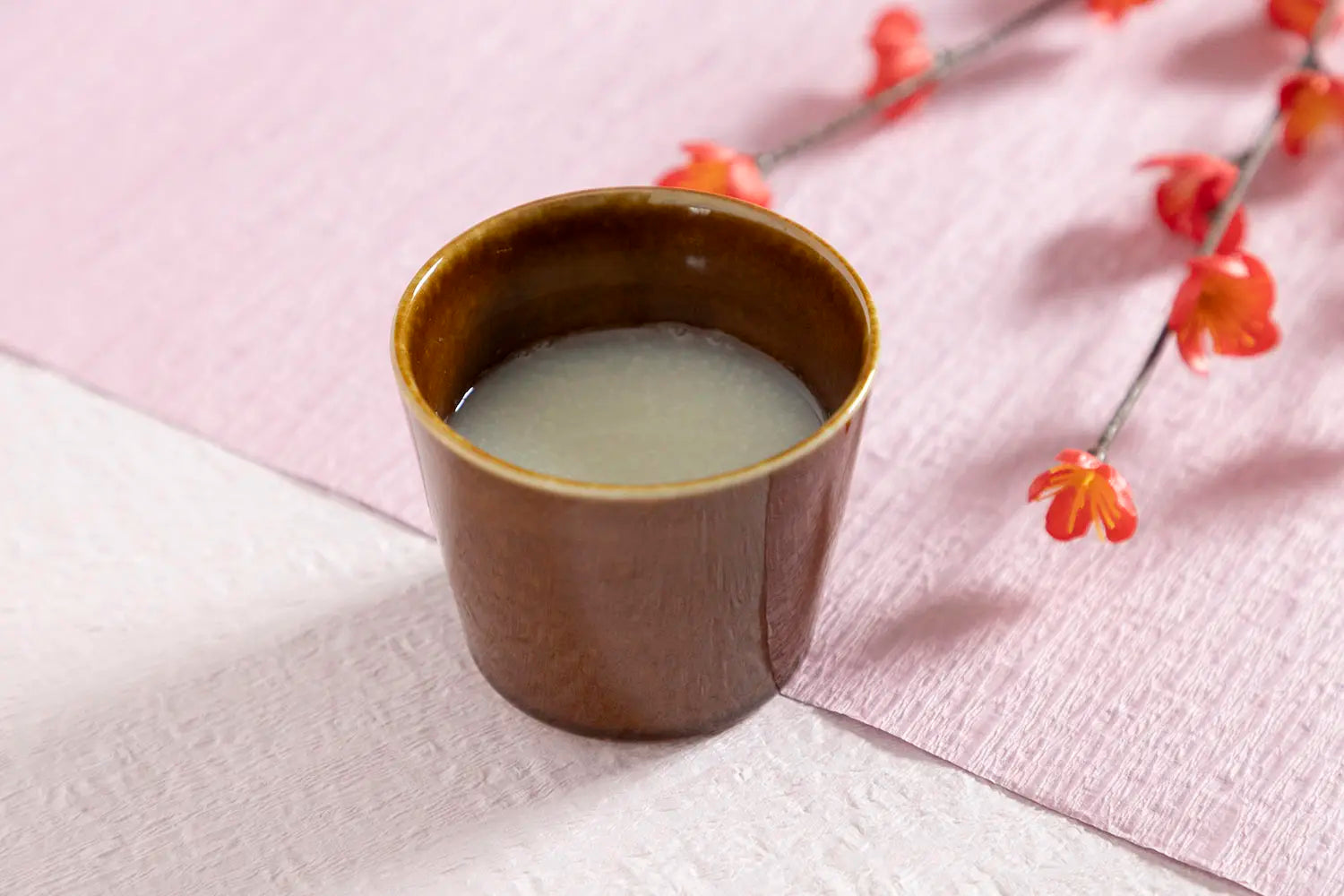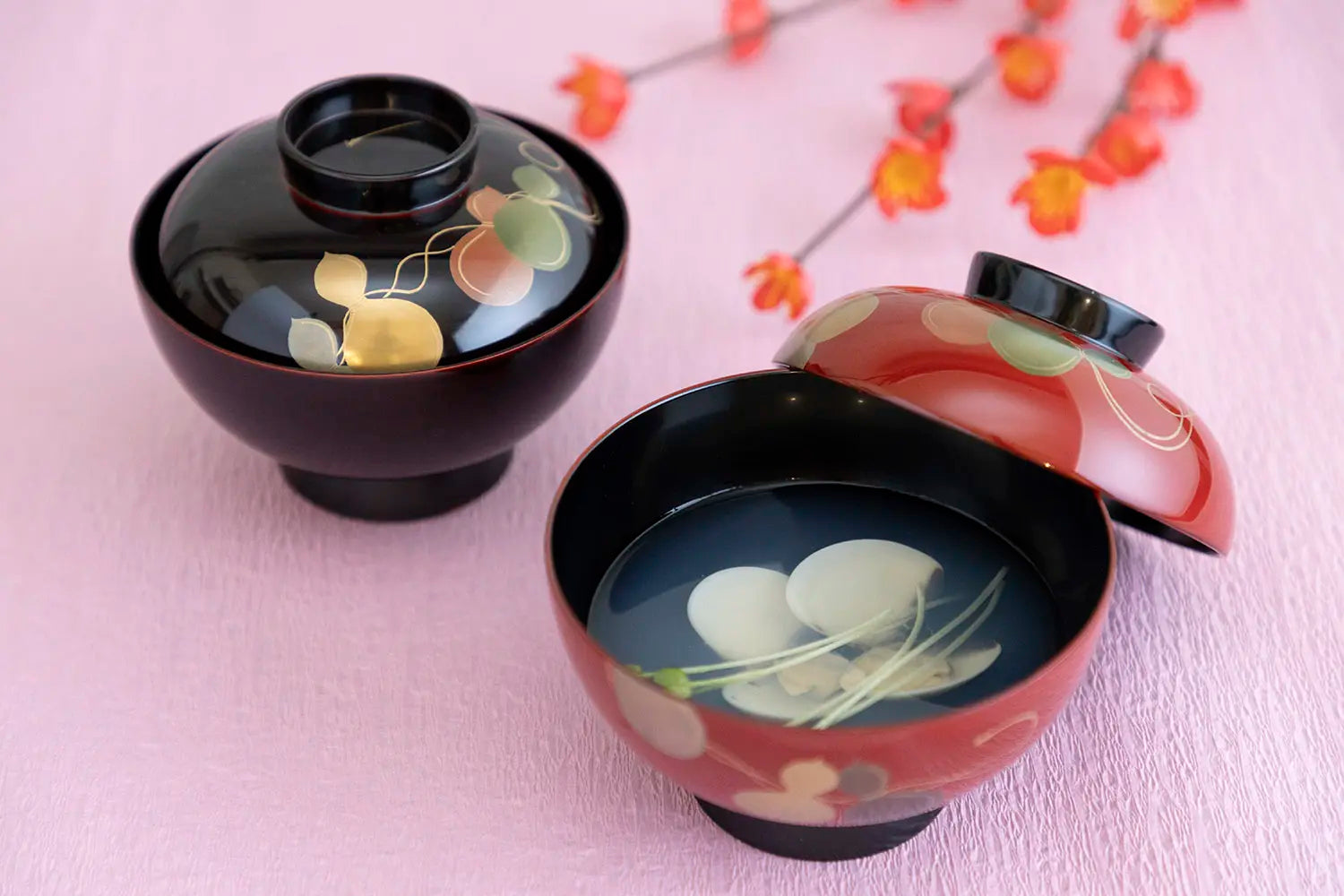The products we used:
Children in Ancient Times
In Saga, Japan, there is a city named Yoshinogari. In the 1990's, a city dating back to the Yayoi period--the most ancient period of Japanese recorded history--was uncovered at an archaeological site in Yoshinogari. Today, the site is home to a large park and a museum that is a recreation of that ancient city.
I have visited that time-capsule of a city a few times. It's interesting to see the kind of simple life people in those times led. As I write this, I sit on my couch with a purring cat in my lap and a coffee mug by my side. I am a perfectly average man living a life of luxury that even the upper class of Yoshinogari couldn't comprehend.
Off to one side of the population center is a large hill. Inside is a circular pathway that goes all around the inside of the hill. Embedded in the walls and sitting in the center of the O-shaped path are many clay pots of various sizes. Inside the pots are things like bronze daggers, decorative glass beads called magatama, etc. Those pots were ancient caskets for people that passed away and the hill was a burial mound for the upper class of Yoshinogari.
Some estimate that the majority of graves in Yoshinogari were for children, while others estimate a more balanced ratio of adult-to-child graves. The most optimistic estimate will send chills down the spine of any father with daughters. Just as life today is unfathomably comfortable and luxurious, ancient life was shockingly cruel.
And it is from such harsh times that Hinamatsuri's traditions were born.
What is Hinamatsuri?
Hinamatsuri, also known as the Doll's Festival or Girls' Day, is a traditional event held annually on March 3rd. Hinamatsuri in Japan has a history dating back to the Heian period, with its origins traced to China's "Joshi Setsu" (Girls' Festival). In ancient China, there was a custom during the early part of March, known as Joshi Setsu, where dolls were floated down rivers as a way to dispel misfortune (known as Nagashi-bina). This custom is believed to have been introduced to Japan, where it evolved over time from floating dolls to a culture of decoration.
Starting in the Edo period, it was common to decorate Hina dolls to ward off misfortune for girls. While the idea of avoiding misfortune and disasters due to advancements in medicine and science has diminished, Hinamatsuri, which wishes for the health and safety of girls, continues to be passed down as a traditional cultural event.
Along with the custom of decorating the house with Hina dolls, it was common to eat certain kinds of food as a way of warding off evil spirits and praying for the long life and health of daughters. Although these days modern medicine and technology have saved our daughters from the harshness of nature, the tradition of eating special food on Hinamatsuri lives on, an ancient tradition that reminds us of a time when all we could do was pray for their protection.
What are those traditional foods?
Hishi Mochi

When it comes to foods that adorn the table for Hinamatsuri, Hishi Mochi, consisting of three layers of pink, white, and green, is often mentioned. Hishi Mochi is a diamond-shaped rice cake with layers of green, white, and pink from the bottom up. This color scheme represents the spring scenery of "new shoots sprouting from under the snow, and peach blossoms blooming".
The diamond shape of Hishi Mochi is derived from the "hishi" fruit, which is believed to have the power to ward off evil spirits. The hishi fruit is considered a symbol of prosperity and longevity due to its high reproductive power, and its white color, representing the color of the fruit, is also used in the color of Hishi Mochi.
The pink color of Hishi Mochi uses the pigment from the "gardenia fruit", which has detoxifying properties, representing the peach blossom, a symbol of warding off evil spirits. The green color of Hishi Mochi is made from mugwort rice cake, and the strong aroma of mugwort is believed to ward off evil spirits. Green is also a symbol of warding off evil spirits and health, representing the healthy growth of girls.
Hina Arare

As a favorite snack for children during Hinamatsuri, Hina Arare is often mentioned. Hina Arare is a processed version of Hishi Mochi, designed to be eaten outdoors during Hinamatsuri, and it is said to have originated from crushed Hishi Mochi. Like Hishi Mochi, Hina Arare often consists of three colors: pink, white, and green, but sometimes yellow is added to represent the four seasons, wishing for the happiness of children throughout the year.
The three-color Hina Arare, like Hishi Mochi, is imbued with wishes for the protection, longevity, and health of girls. The three-color type of Hina Arare, including yellow, symbolizes wishes for happiness throughout the year, with pink representing spring, green representing summer, yellow representing autumn, and white representing winter.
Chirashi Sushi

During Hinamatsuri, many people also prepare chirashi sushi as a dish eaten on auspicious occasions. While chirashi sushi does not have a direct historical connection to Hinamatsuri, it incorporates ingredients that are considered auspicious, symbolizing the growth and health of children.
Representative ingredients in chirashi sushi include shrimp, lotus root, and beans. Shrimp has long been known as a symbol of longevity, and it is also used in traditional New Year's dishes for its association with long life. Lotus root is considered a symbol of good foresight due to its characteristic hollow cross-section. Beans such as green peas and peas represent wishes for meticulous work and good health.
Other ingredients such as "kinshi tamago" (shredded egg crepe) symbolize good fortune, while shiitake mushrooms represent a healthy body.
Amazake

When it comes to beverages for Hinamatsuri, amazake (sweet sake) is often mentioned as a drink that even children can enjoy. Originally, there was a custom of drinking "toukashu" made from peach blossoms, but since the Edo period, a custom of drinking "shirozake" (white sake) emerged, which became established as a drink for adult women to enjoy during Hinamatsuri.
However, both are alcoholic beverages, so it is common to prepare non-alcoholic amazake for children. However, be aware that products made with sake lees may contain alcohol.
The peach blossom sake, which was originally popular during Hinamatsuri, has been considered a symbol of eternal youth and longevity due to its association with the age of one hundred, expressed by the reading of "momotose". Despite the change from peach blossom sake to white sake and then to amazake over time, the wishes remain unchanged, and amazake is enjoyed during Hinamatsuri as a beverage that wishes for the long life of children.
Hamaguri (Clam) Soup

As a soup dish accompanying the table during Hinamatsuri, clam soup is commonly prepared. Bivalves like clams, which must fit perfectly in pairs of shells, are considered symbols of matchmaking and marital harmony. Additionally, there is a theory that the custom of offering clam soup, a food from the waterside, is rooted in the tradition of Nagashi-bina, the origin of Hinamatsuri.
Clams are in season around the time of Hinamatsuri, making them a nutritious ingredient.
In clam dishes prepared for Hinamatsuri, it is characteristic to place the meat on both sides of the opened shell so that the two meats fit together snugly. This arrangement is also done with the wish for good matches and marital harmony for children, as mentioned above.
For Protection, For Connection
These days, modern medicine protects our daughters from the harshness of nature. Even so, enjoying some traditional Hinamatsuri foods can help connect us--both Japanese and non-Japanese alike--to a distant time without such protections. Hinamatsuri was once a time to pray for protection. Perhaps now it's better to think of it as a reminder to be cherish the beautiful girls in our lives.
















